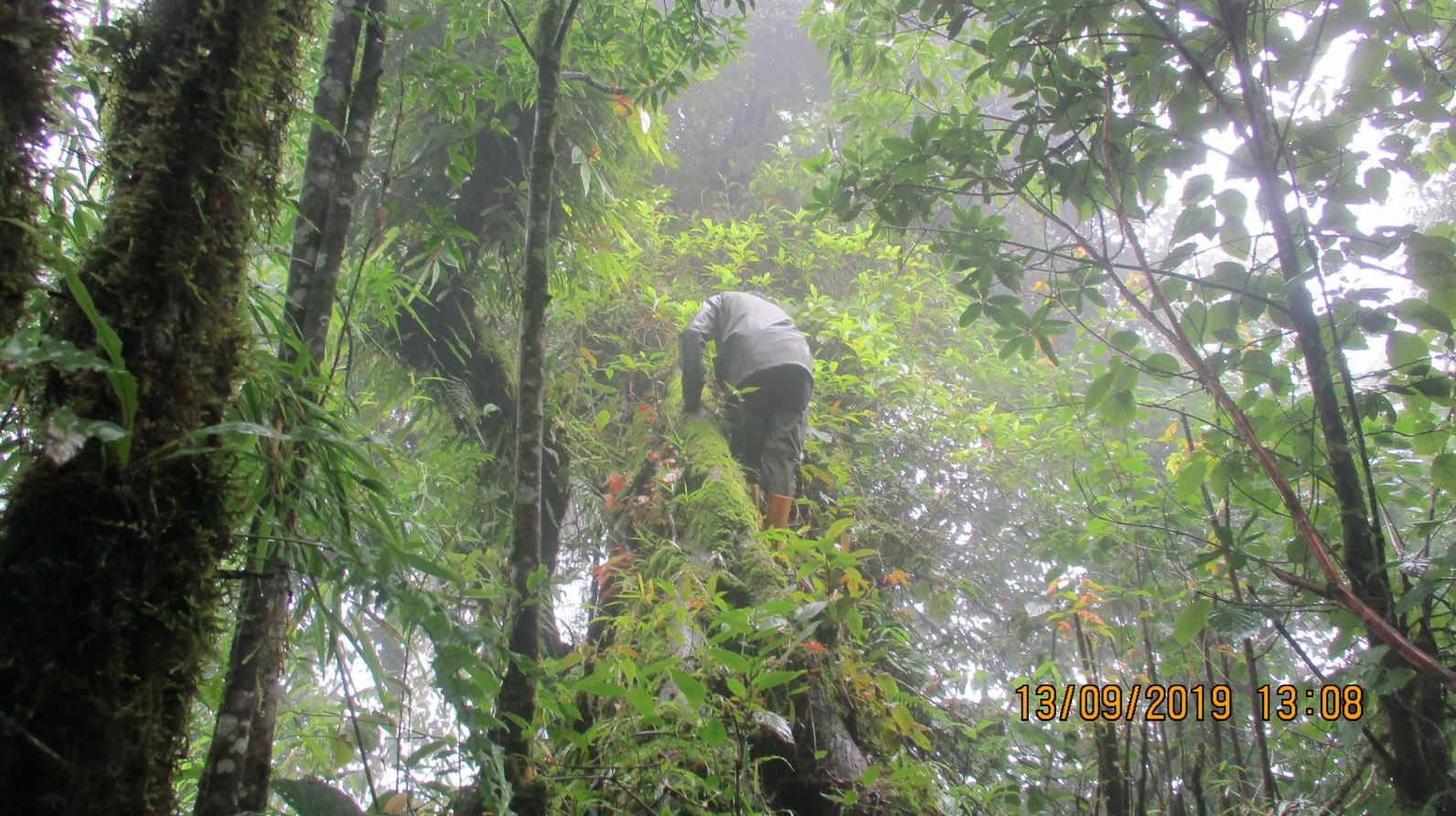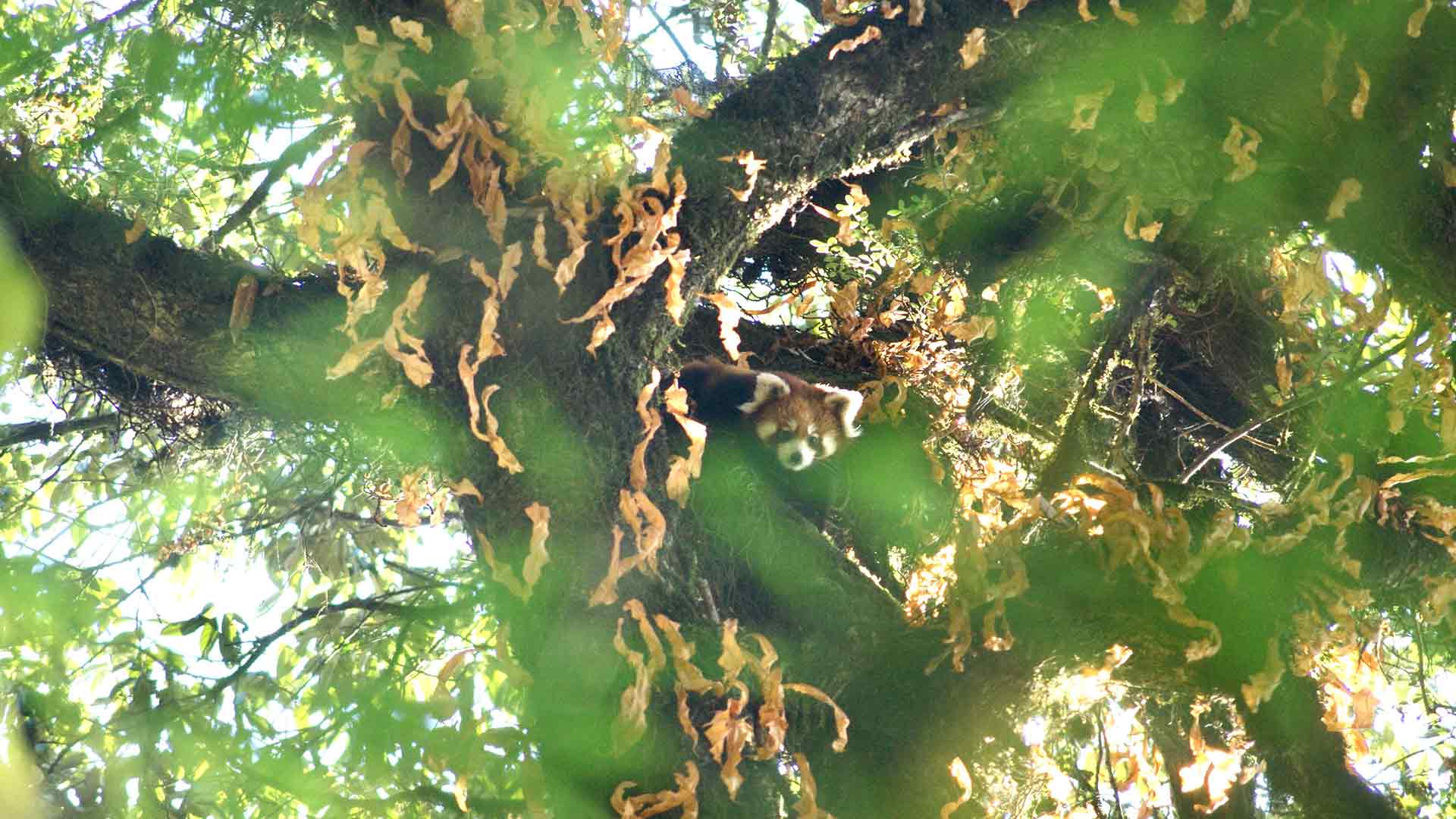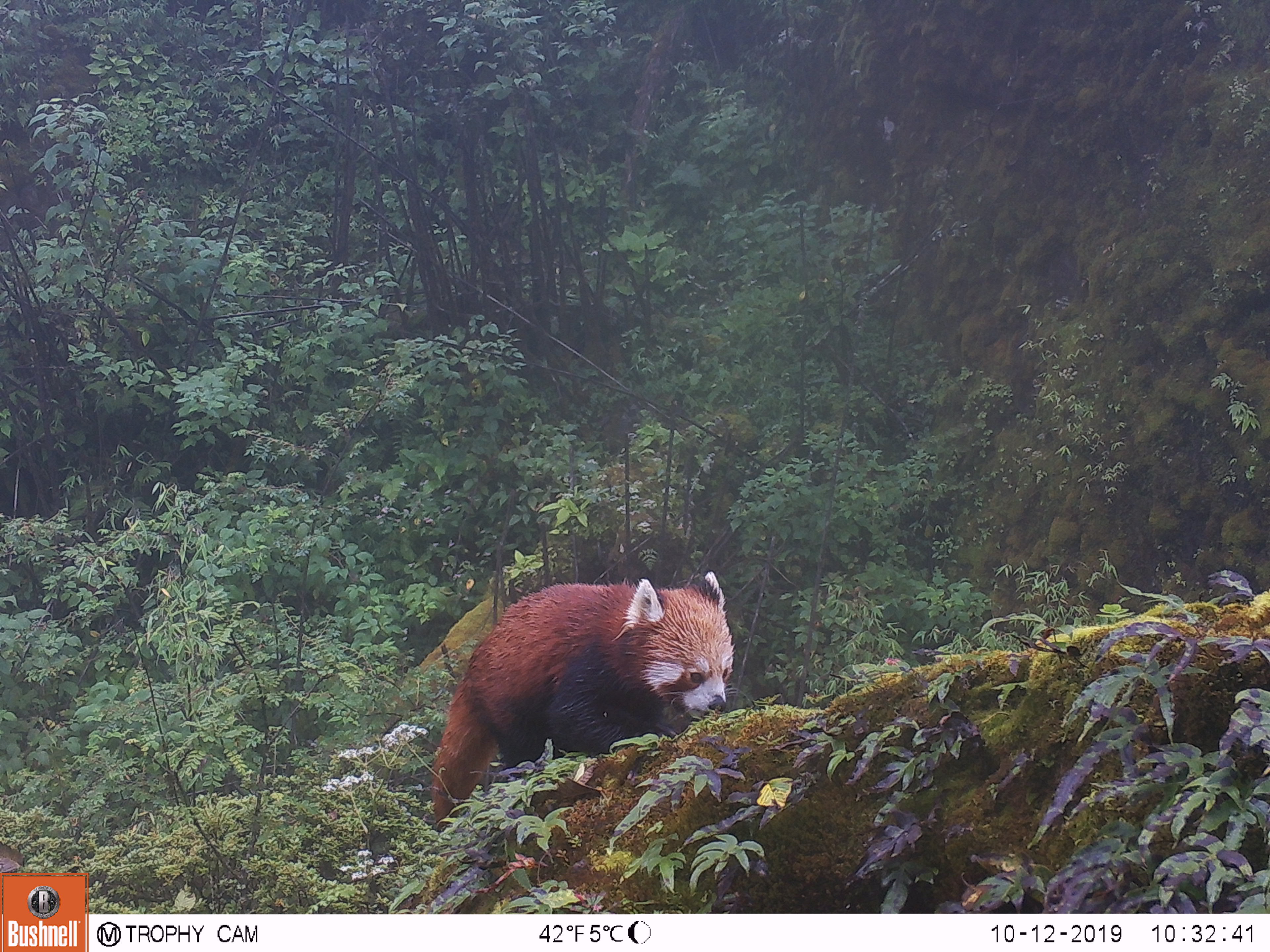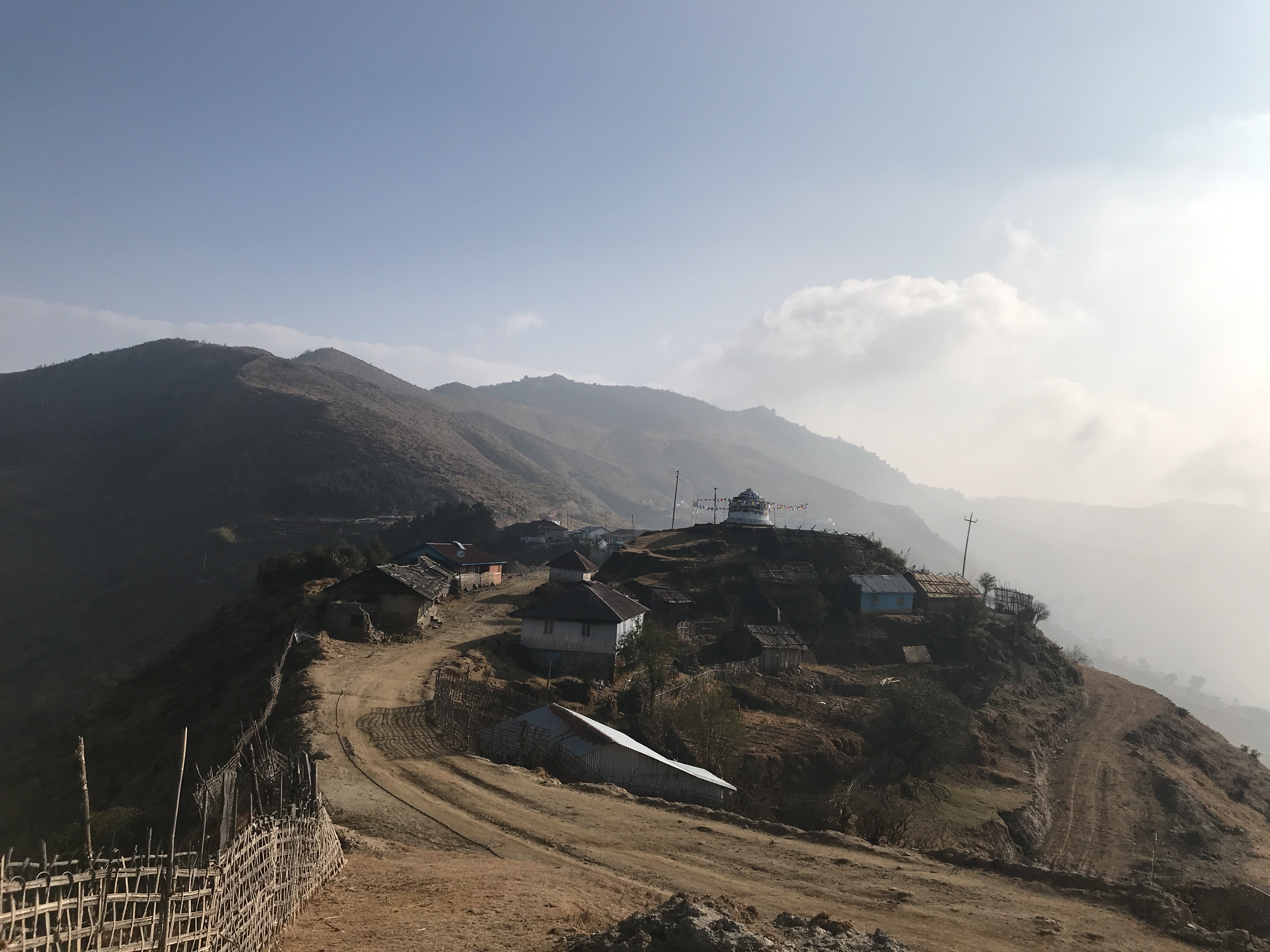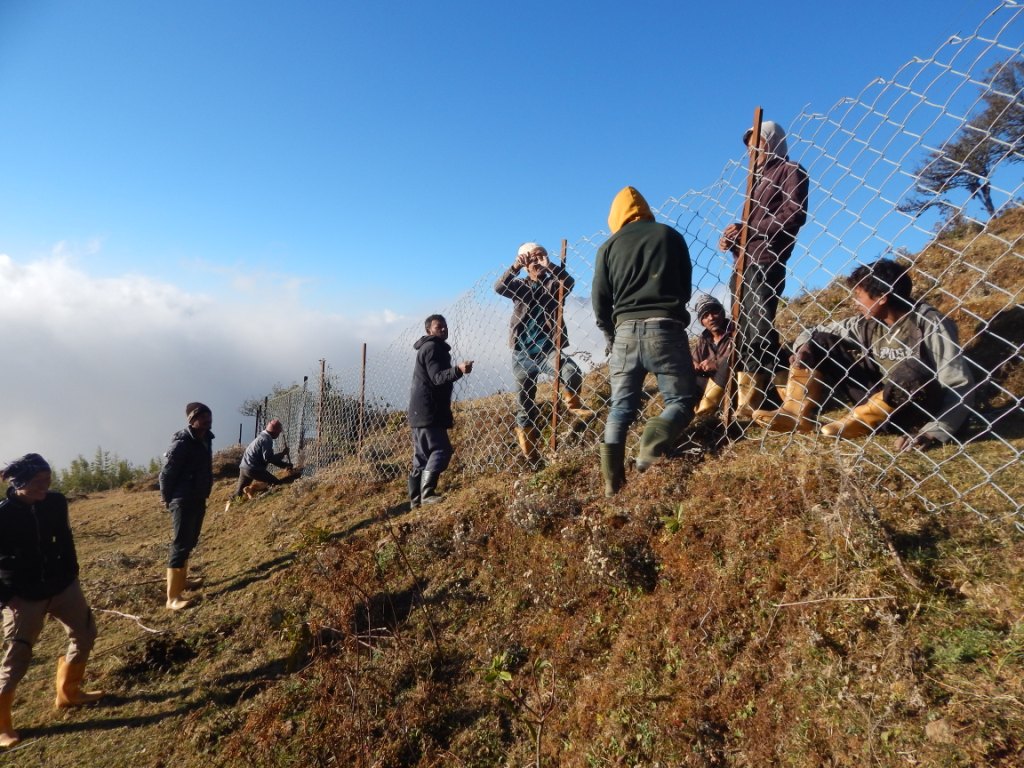The red panda population has declined by 50% in 20 years and there may be as few as 2,500 remaining in the wild. Habitat loss is the main threat, with rapid human population growth in the eastern Himalayas causing deforestation and the degradation and fragmentation of red panda habitat.
Red panda conservation in eastern Nepal
Red Panda Network

Red Panda Network (RPN) is committed to the conservation of red pandas and their habitat through the education and empowerment of local communities by adaptive community-based research, education, and sustainable development. RPN targets communities surrounding forest habitat in the Panchthar-Ilam-Taplejung (PIT) corridor that supports approximately 25% of Nepal’s red panda population. The habitat is under threat from various anthropogenic activities and RPN addresses such threats by engaging and empowering local forest users in long term red panda stewardship.
An assessment conducted by RPN identified 1,520km2 in the PIT corridor as suitable habitat for the red panda, with the vast majority being unprotected. The study identified major fragmented areas where habitat is severely damaged and created a barrier for free movement of red panda and other wildlife. The land tenure system in the area, combined with weak local law enforcement, is contributing to forest degradation as land property rights are with individuals who are practicing free grazing of their livestock in public lands. RPN is investing in the restoration of the red panda habitat and purchasing private land to transform the area into new habitat and create a corridor for the species. Auckland Zoo Conservation Fund’s grant will be used to secure important land that will help connect the unprotected forests of Nepal with the Singalila National Park.
We believe in protecting wildlife and wild places – and we know you do too!
Help us continue to support conservation efforts around the world.


